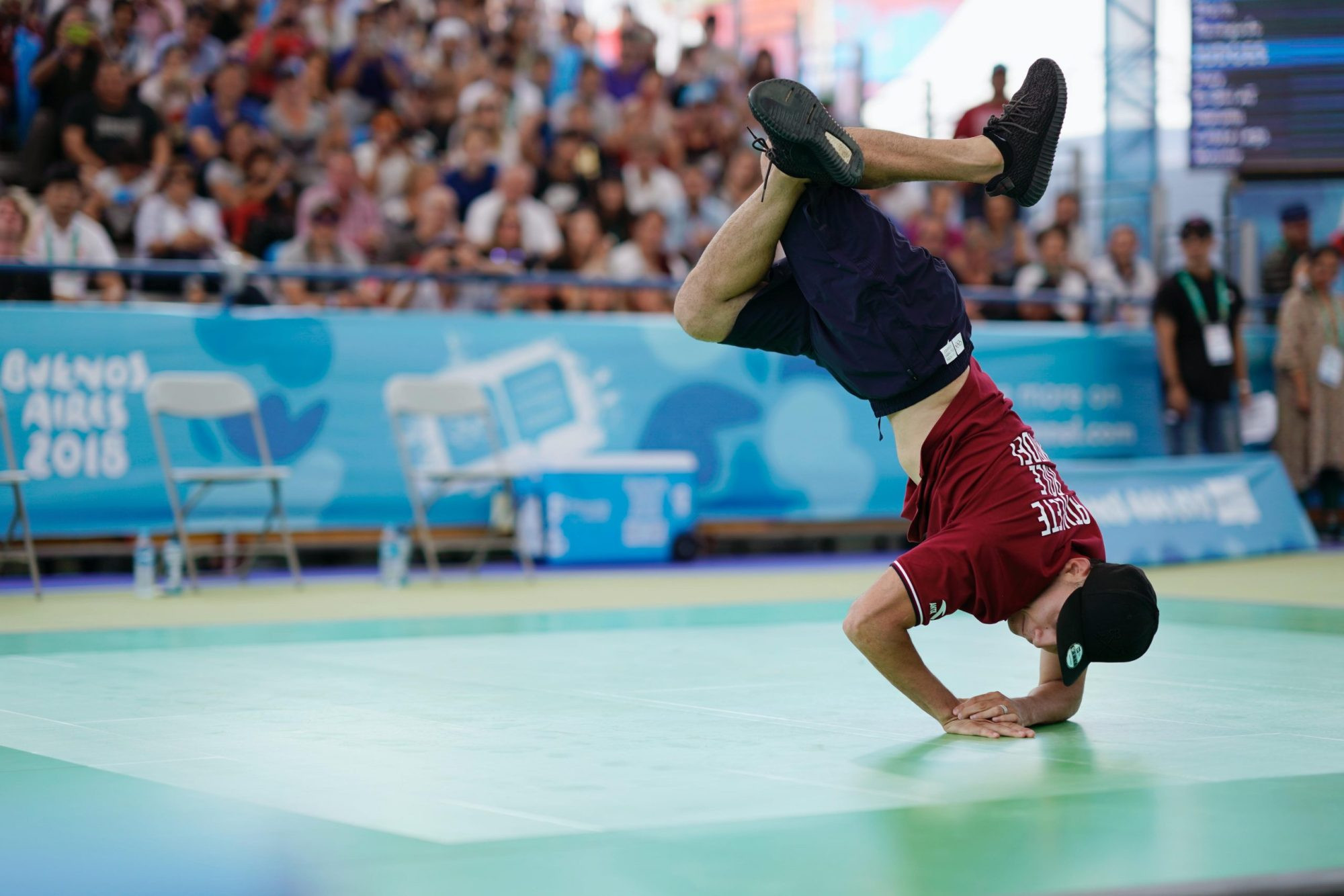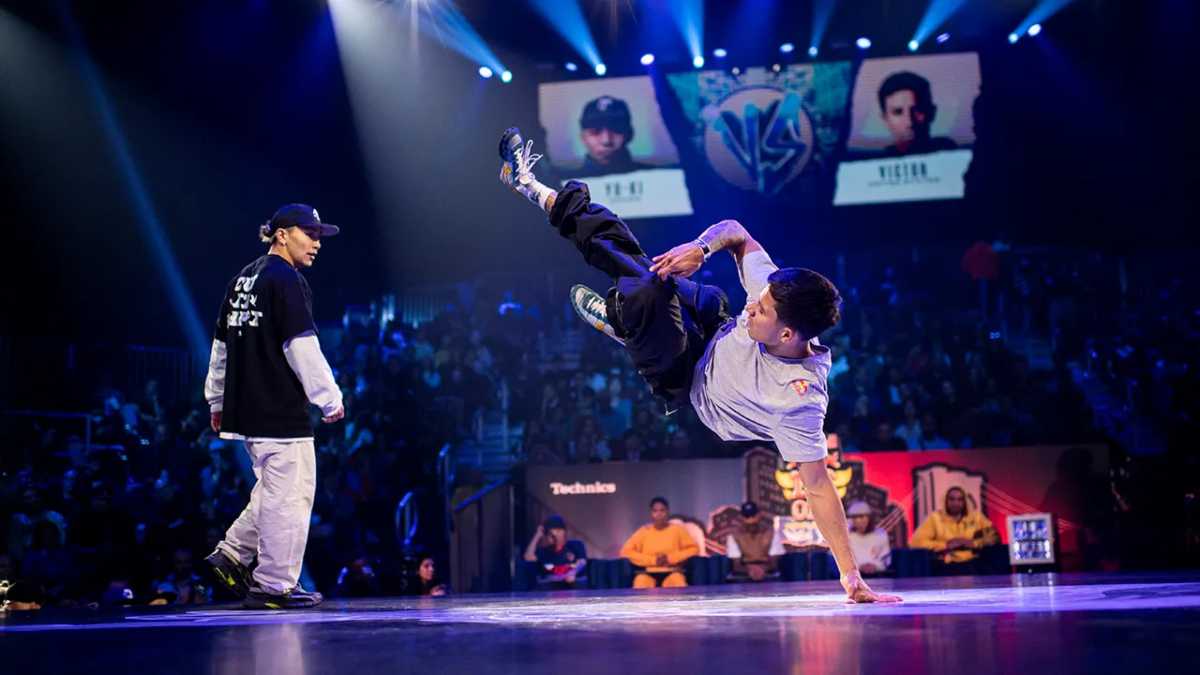History of Breaking at the Olympics

Breaking, a vibrant and energetic dance form rooted in the streets of New York City, has traversed a remarkable journey to achieve its Olympic status. From its humble beginnings in the 1970s to its inclusion in the Summer Olympics, breaking has evolved into a globally recognized sport, capturing the hearts and minds of millions worldwide.
Origins and Evolution of Breaking
Breaking emerged in the 1970s as a cultural expression within the Bronx borough of New York City. Rooted in African American and Latino communities, breaking served as a form of self-expression, community building, and social commentary. Early pioneers like The Rock Steady Crew, The Furious Five, and The Magnificent Force laid the foundation for the dance style, incorporating elements of funk, soul, and hip-hop music. Breaking spread rapidly, captivating audiences with its dynamic moves, intricate footwork, and captivating storytelling.
Key Milestones and Influential Figures
Breaking’s journey to the Olympics was marked by several pivotal moments and influential figures who shaped the sport’s trajectory. The 1980s witnessed the rise of legendary breakers such as Crazy Legs, Ken Swift, and B-Boy Ice, who pushed the boundaries of the dance form, developing new moves and styles. The emergence of international breaking competitions, such as the Battle of the Year (BOTY), further solidified the sport’s global presence. The creation of the World Breaking Organization (WBO) in 2004 aimed to standardize rules, regulations, and judging criteria, promoting a more structured and competitive environment.
Criteria and Process for Olympic Inclusion
The International Olympic Committee (IOC) established specific criteria for selecting new sports for inclusion in the Olympic Games. These criteria include global participation, technical expertise, and alignment with the Olympic values. Breaking fulfilled these requirements, showcasing its widespread popularity, technical complexity, and emphasis on sportsmanship, discipline, and respect. The IOC’s decision to include breaking in the 2024 Paris Olympics reflects the sport’s growing recognition and its potential to captivate a global audience.
Breaking Techniques and Styles: Breaking At The Summer Olympics

Breaking, a vibrant and energetic dance form, is a complex art that involves a wide range of techniques and styles. Breaking, also known as breakdancing, involves a combination of athleticism, creativity, and musicality. It is a dynamic and expressive form of dance that allows individuals to showcase their physical prowess and artistic vision.
Elements of Breaking, Breaking at the summer olympics
Breaking encompasses several distinct elements, each contributing to the overall performance. These elements are:
- Footwork: Footwork refers to the intricate and rapid foot movements that form the foundation of breaking. It involves a wide range of steps, spins, and transitions that create a visually captivating display of agility and control.
- Power Moves: Power moves are the high-energy, gravity-defying maneuvers that characterize breaking. These moves often involve flips, spins, and rotations, requiring significant strength, coordination, and technical skill. Popular power moves include the windmill, the flare, and the headspin.
- Freezes: Freezes are static poses that showcase the dancer’s balance, control, and creativity. They are often used as transitions between power moves or to emphasize specific moments in the performance. Examples of freezes include the chair freeze, the scorpion freeze, and the handstand freeze.
- Top Rocks: Top rocks are the introductory sequences that set the tone and style of a breaking performance. They involve rhythmic and expressive movements that allow dancers to showcase their personality and musicality. Top rocks often incorporate a blend of footwork, power moves, and freezes.
Breaking Styles
Breaking has evolved into various styles, each with its own unique characteristics and aesthetic. Some of the most prominent breaking styles include:
- B-Boying: B-Boying, the original and most traditional style of breaking, is characterized by its emphasis on power moves, intricate footwork, and a strong connection to hip-hop culture.
- B-Girling: B-Girling, a style of breaking that emerged in the 1990s, focuses on the creativity and athleticism of female breakers. It often incorporates elements of flexibility, grace, and a unique expression of power.
- Krumping: Krumping is a highly energetic and expressive style of breaking that originated in the early 2000s. It is characterized by its powerful movements, aggressive gestures, and emphasis on emotional expression. Krumping is often used as a form of catharsis and self-expression.
Scoring System in Olympic Breaking Competitions
The scoring system in Olympic breaking competitions is designed to assess the technical proficiency, artistic expression, and overall performance of each breaker. The judging criteria typically include:
- Technical Skills: Judges evaluate the technical execution of the breaker’s moves, including footwork, power moves, freezes, and transitions. They assess factors such as accuracy, control, and originality.
- Artistic Expression: Judges assess the breaker’s creativity, musicality, and ability to communicate their ideas through movement. They look for originality, style, and the ability to connect with the music.
- Performance Quality: Judges evaluate the overall impact and engagement of the breaker’s performance. They assess factors such as energy, stage presence, and the ability to captivate the audience.
Impact of Breaking on the Olympics

The inclusion of breaking in the Olympic Games marks a significant moment in the history of the sport. Breaking, with its vibrant energy, athleticism, and cultural roots, is poised to bring a fresh perspective and a new audience to the Olympics.
The integration of breaking into the Games is expected to have a profound impact on both the sport and the Olympic movement.
Appeal to Younger Audiences
Breaking’s inherent appeal to younger audiences is undeniable. Its dynamic nature, high-energy performances, and connection to street culture resonate deeply with the younger generation. This appeal translates into increased viewership, engagement, and interest in the Olympic Games, potentially attracting a new demographic that may not have been previously engaged with traditional Olympic sports.
Challenges and Opportunities of Integration
The integration of breaking into the Olympics presents both challenges and opportunities.
Challenges
- One challenge is ensuring the sport’s inclusivity and accessibility. Breaking, with its roots in urban communities, needs to be made accessible to individuals from diverse backgrounds and socioeconomic levels.
- Another challenge is maintaining the integrity and authenticity of the sport while adhering to Olympic regulations and standards. Striking a balance between preserving the spirit of breaking and complying with Olympic guidelines is crucial.
- The development of a clear and objective judging system that accurately reflects the nuances of breaking is also crucial. This system must be transparent, consistent, and universally understood by athletes, coaches, and spectators alike.
Opportunities
- The Olympics provide a platform for breaking to reach a global audience, increasing its visibility and popularity. This exposure can lead to greater funding, resources, and opportunities for athletes.
- The integration of breaking into the Olympics can also contribute to the sport’s professionalization, with the establishment of clear pathways for athletes to develop their careers.
- Breaking’s inclusion in the Games can also foster cultural exchange and understanding, as athletes from different backgrounds come together to compete and celebrate their shared passion for the sport.
Future of Breaking within the Olympic Movement
The future of breaking within the Olympic movement is promising. With its growing popularity, global reach, and appeal to younger audiences, breaking is well-positioned to become a prominent and enduring part of the Games.
Breaking at the summer olympics – The Summer Olympics are in full swing, with athletes from around the world vying for gold. But while the world focuses on the athletic feats, a major event unfolded in Japan: a powerful earthquake triggered a tsunami warning. The japan earthquake tsunami warning serves as a stark reminder of the natural forces that can disrupt even the grandest of events.
Fortunately, the Games have continued, highlighting the resilience of both the athletes and the host nation.
The Summer Olympics are a time of intense competition and thrilling victories, but it’s also a time for celebrating with friends and family. If you’re looking for a delicious and festive meal after watching the games, why not try a indian restaurant near me ?
From fragrant curries to flavorful tandoori dishes, there’s something for everyone to enjoy, making it the perfect way to unwind after the excitement of the Olympic events.